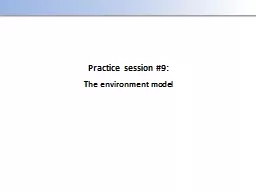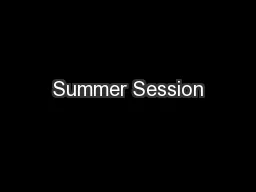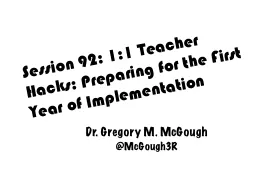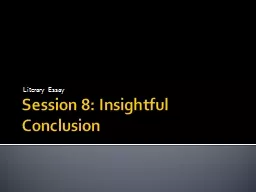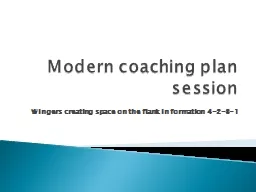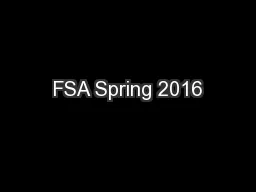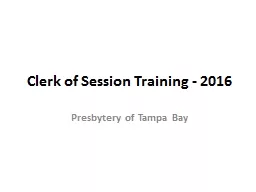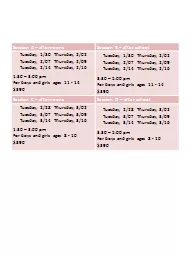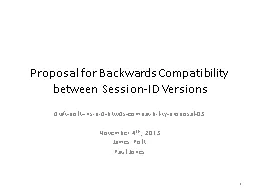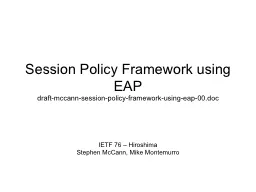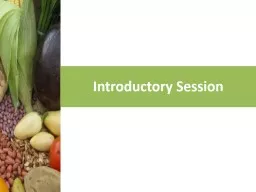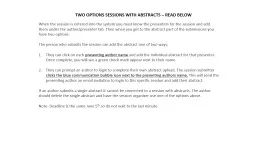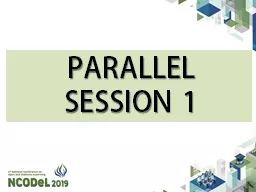PPT-Practice session #9:
Author : briana-ranney | Published Date : 2016-04-05
The environment model Frame A substitution from variables to values ie every variable in a frame has a single value Environment A finite sequence of frames where
Presentation Embed Code
Download Presentation
Download Presentation The PPT/PDF document "Practice session #9:" is the property of its rightful owner. Permission is granted to download and print the materials on this website for personal, non-commercial use only, and to display it on your personal computer provided you do not modify the materials and that you retain all copyright notices contained in the materials. By downloading content from our website, you accept the terms of this agreement.
Practice session #9:: Transcript
Download Rules Of Document
"Practice session #9:"The content belongs to its owner. You may download and print it for personal use, without modification, and keep all copyright notices. By downloading, you agree to these terms.
Related Documents

